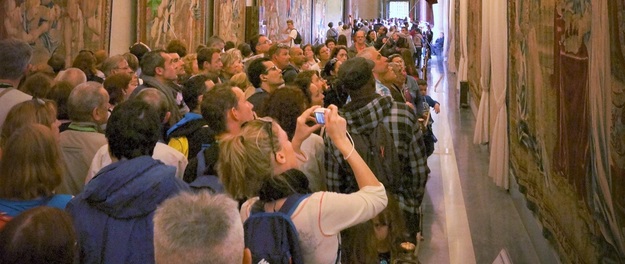|
REFLECTIONS ON A CONVERSATION earlier today with a very knowledgeable friend, lawyer and entrepreneur. He's got an early, development stage company he is putting together and beginning to explore how best to go about fundraising. At this point he is exploring how best to present his venture to investors.
Crowdfunding was an option he wanted to explore but we quickly put that aside because of the amount of funds needed and the requirements of classical non-accredited investor crowdfunding - relatively small investments, numerous investors, a total funding limitation too small for this company, and ongoing reporting requirements. Even if you could raise enough money, would you really want scores of unaccredited investors to deal and communicate with in an early stage technology company? We both thought not. From my perspective, this type of crowdfunding is not suited for early stage technology companies. Funding for a dry cleaning establishment perhaps, but even there I would want to explore other alternatives first. The more interesting part of the JOBS Act that created crowdfunding for the masses was something largely overlooked by the press. Buried in the Act's provisions was an enabling amendment to Regulation D that governs private fundraising. The amendment authorized private companies to make public solicitations in exempted accredited investor fundraisings for the first time if they met a higher standard of vetting the accredited nature of their investors. The result of this has been the proliferation of new "crowdfunding" web sites that provide a method for conducting a non-accredited investor offering but also, and more importantly, aggregate pools of fully vetted (under the new Reg D rules) accredited investors that can invest without the dollar limitations of a non-accredited crowdfunding offering. If you are looking to raise more than $1.0 million, this opens the prospect of presenting to a pool of vetted accredited investors who might invest $50,000, $100,000 or more each to give the company a small pool of more sophisticated investors with higher average net worths. This may or may not make sense for my friend. Time and the viability of other potential fundraising pathways will tell whether this or another path makes most sense when it is time to raise serious amounts of money. The image is from the hall of tapestries at the Vatican Museum. Copyright 2015 by Clinton Richardson. The venture moola blog comes to you from Atlanta, Georgia. Find it at readjanus.com. Copyright Clinton Richardson.
Comments are closed.
|
the blog
Travel, history, and business with original photos.
your hostClinton Richardson - author, photographer, business advisor, traveler. Categories
All
Archives
July 2023
Follow us on Facebook
|
Check out Ancient Selfies a 2017 International Book Awards Finalist in History and 2018 eLit Awards Gold Medal Winner and
Passports in his Underpants - A Planet Friendly Photo Safari a 2020 Readers' Favorite Winner in Nonfiction
Site Copyright 2024 by Clinton Richardson

 RSS Feed
RSS Feed